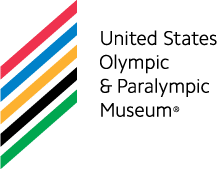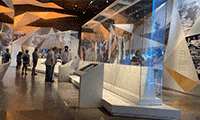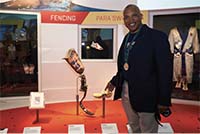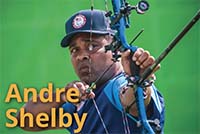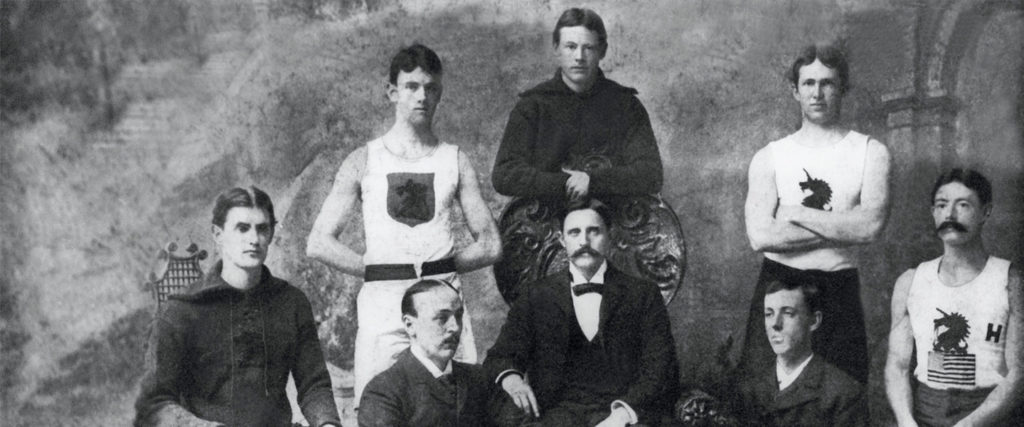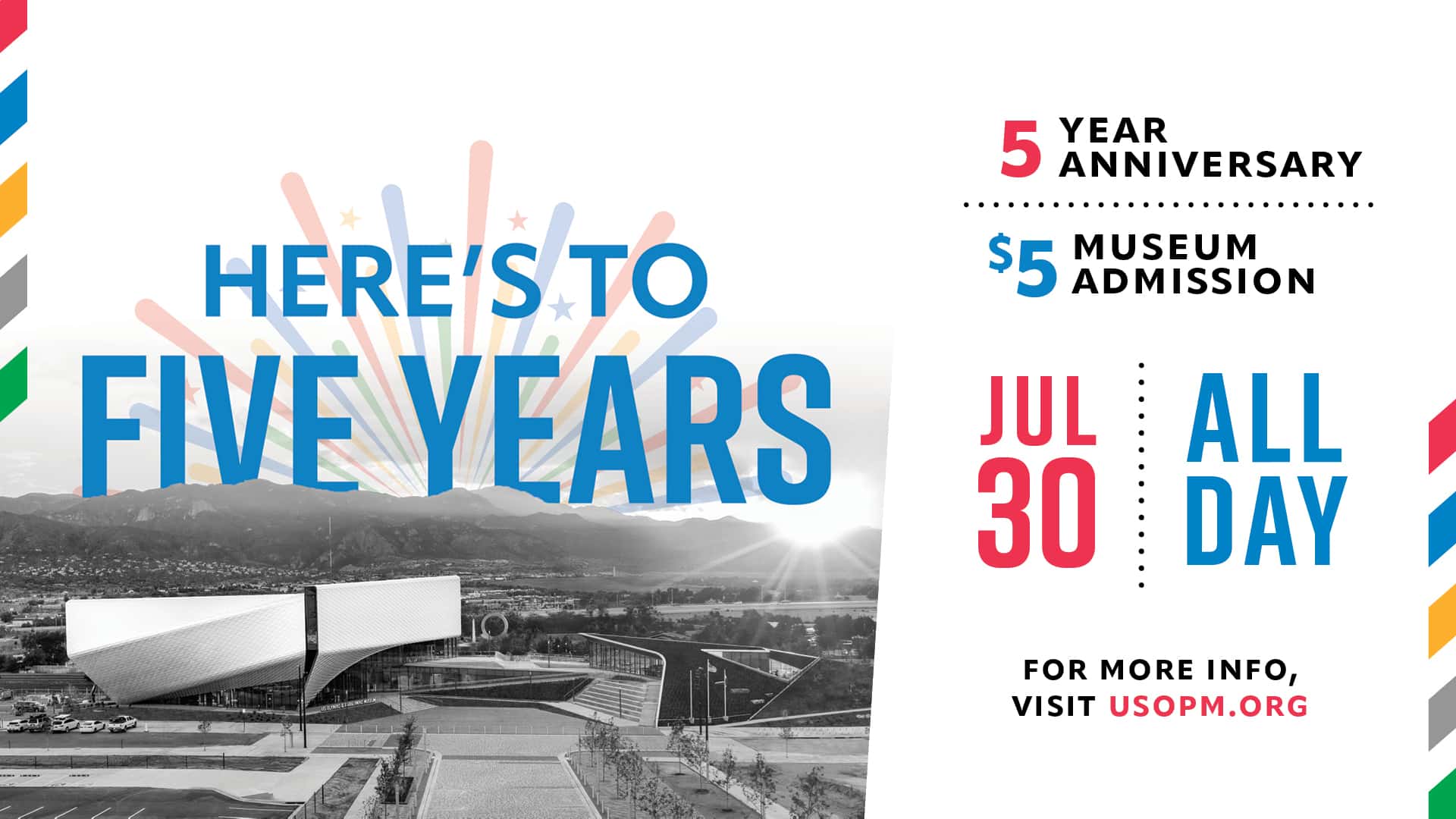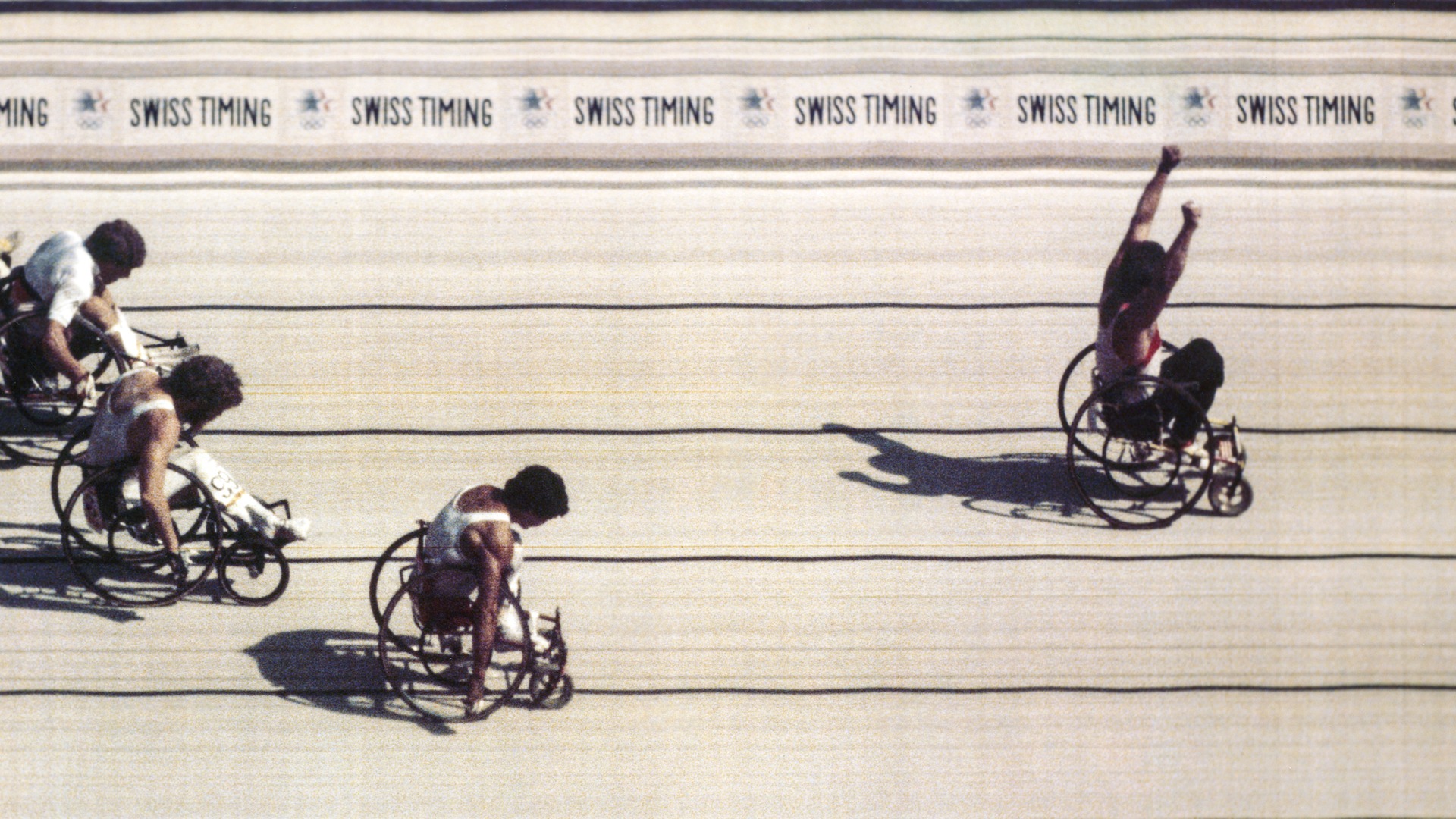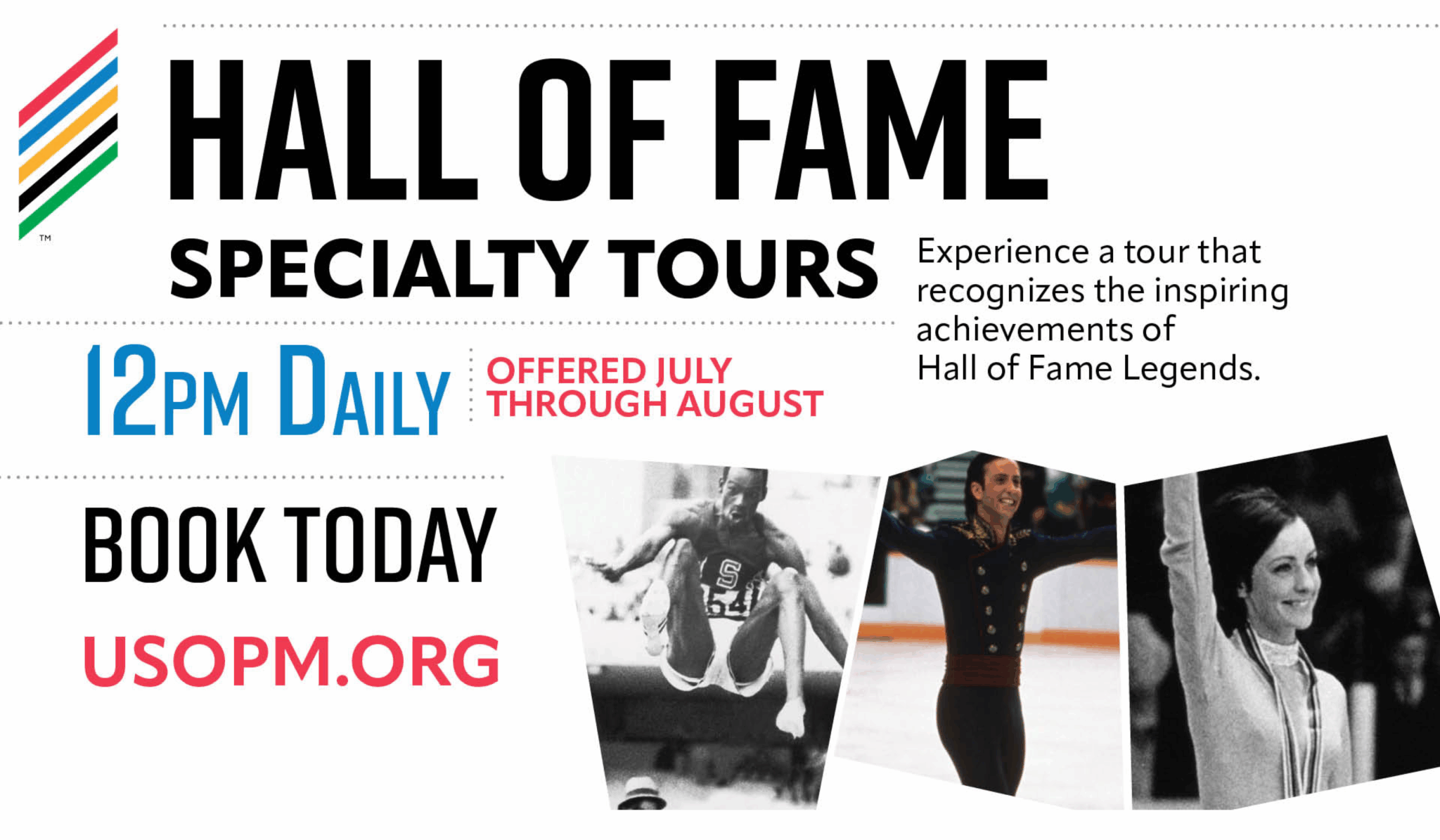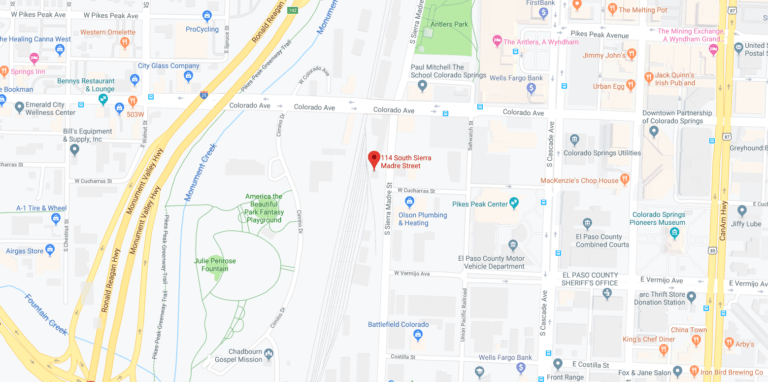The group combined to win 11 events at Athens 1896
By Josh Barr
There were no U.S. Olympic Trials to qualify for the Athens 1896 Olympic Games, nor were there an Opening Ceremony or a Closing Ceremony, though the participants were in awe of the large crowds at the spectacular venues.
The first-ever Team USA had a cluster of athletes from the Boston Athletic Association and another group from Princeton University, along with a handful of other athletes. They embarked on a trip that would provide stories to be long remembered.
Meet the men who comprised Team USA at Athens 1896:
Arthur Blake: A Harvard University graduate, Blake was the one behind the Boston Athletic Association’s initial interest in sending a team to Athens. After winning a race in the BAA’s annual indoor meet, Blake joked that he needed better competition and should compete in the following year’s Olympics. He finished second in the 1,500-meter run but did not finish the marathon. After the Games, he became an insurance salesman.
Thomas Burke: A student at the Boston University School of Law, Burke was one of the nation’s elite athletes and dominated the field to win the 100-meter dash and 400-meter run at Athens. He became a lawyer and part-time journalist and was one of the founders of the Boston Marathon.
Ellery Clark: Because of his high grades, Clark was given a leave of absence from Harvard University and he went on to finish first in the long jump and high jump at Athens, the only person ever to win both of those events. He also competed in the all-around competition (the predecessor to the decathlon) at St. Louis 1904, but was hampered by bronchitis. He went on to be a lawyer, author of 19 books and civil servant, serving on the Boston school board and as a city alderman.
James B. Connolly: Coming from a large family with 11 siblings, Connolly was a freshman at Harvard University when he took off for Athens and became the first-ever modern Olympic champion, winning the triple jump. Connolly also placed second in the high jump and third in the long jump. He also competed in the Paris 1900 Olympic Games.
Tom Curtis: Originally from California, Curtis attended the Massachusetts Institute of Technology and finished first in the 110-meter hurdles at Athens. Following the Olympics, he worked as an electrical contractor, served as a captain in the Massachusetts National Guard and was a military aide to Massachusetts Governor Calvin Coolidge during World War I.
Robert Garrett: Originally from Maryland and a student at Princeton University, Garrett had never seen – let alone thrown – a discus before competing at Athens. That did not stop Garrett from finishing first in both the discus and shot put; he added second-place finishes in the high jump and long jump. Four years later, at Paris 1900, he finished third in the shot put and triple jump. A lifelong philanthropist, Garrett’s childhood home is now a museum operated by Johns Hopkins University.
Bill Hoyt: Originally from Connecticut, Hoyt reportedly faked an illness to get a leave of absence from Harvard University so that he could compete in the pole vault at Athens. He cleared 10 feet 10 inches to finish first. Hoyt also finished second in a preliminary 110-meter hurdles heat, but skipped the final to focus on the pole vault. Hoyt went on to get his undergraduate and medical school degrees from Harvard. He served in France during World War I and later returned to Paris as a surgeon in the U.S. Public Health Service.
Herbert Jamison: One of the four members of the Princeton University class of 1897 on the U.S. Olympic Team, Jamison finished second in the 400-meter run. Following graduation, he worked in his family’s agriculture manufacturing business and then ran an insurance agency in Peoria, Illinois. He was 52 when he died in 1938.
Frank Lane: Originally from Ohio, a Princeton University student and cousin of fellow Olympian Albert Tyler, Lane was the first American to compete in the modern Olympics, winning a 100-meter dash preliminary heat. He went on to tie for third place in his only event of the Games. After graduation, he went to medical school and became an ophthalmologist. He was 52 when he died in 1927.
John Paine: A graduate of Harvard University and expert marksman, John Paine finished first in the 25-meter military pistol competition, then skipped the 25-meter free pistol, allowing his brother to win that event. After returning to Massachusetts, he served in the Spanish-American War and became an investment banker.
Sumner Paine: The elder of the Paine brothers, Sumner began his college career at Harvard University before heading west and enrolling at the University of Colorado School of Medicine. He graduated but never became a doctor and wound up living in Paris when his brother stopped in France on the way to Athens to convince Sumner to attend the Games. Sumner took second in the 25-meter military pistol event and won the 30-meter free pistol competition. He was 38 when died of pneumonia in 1904.
Albert Tyler: Originally from Ohio, Tyler was a member of football and baseball teams at Princeton University. In Athens, he competed in the pole vault, narrowly finishing second to fellow American William Hoyt. Tyler became a math teacher and football official in Philadelphia. He died of a pneumonia while on vacation in Maine.
Charles Waldstein: A graduate of Columbia University, the 40-year-old Waldstein was the oldest member of the American contingent. Waldstein played a prominent role in the formation of the Olympic Games, as founder Baron Pierre de Coubertin asked Waldstein to help the Olympics win the favor of the Greek royal family. Waldstein participated in the 200-meter military rifle shooting event, but was not among the top 12 finishers. He also helped organize the track and field and gymnastics events and refereed the tennis and cycling events. Waldstein later changed his last name to Walston; he died of a heart attack in 1927.
Gardner Williams: The lone American among the 13 swimmers who competed in Athens, Williams entered the 100- and 1200-meter freestyle races but did not medal and there are no records to show his finish. The swimming competition was not held in a pool, but rather in the chilly waters (temperature reportedly in the mid-50s) of the Bay of Zea. Competitors were taken by boat to a wooden raft and jumped in the water, then raced to shore.
